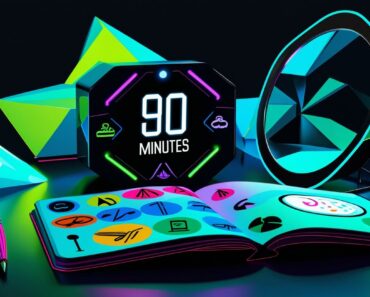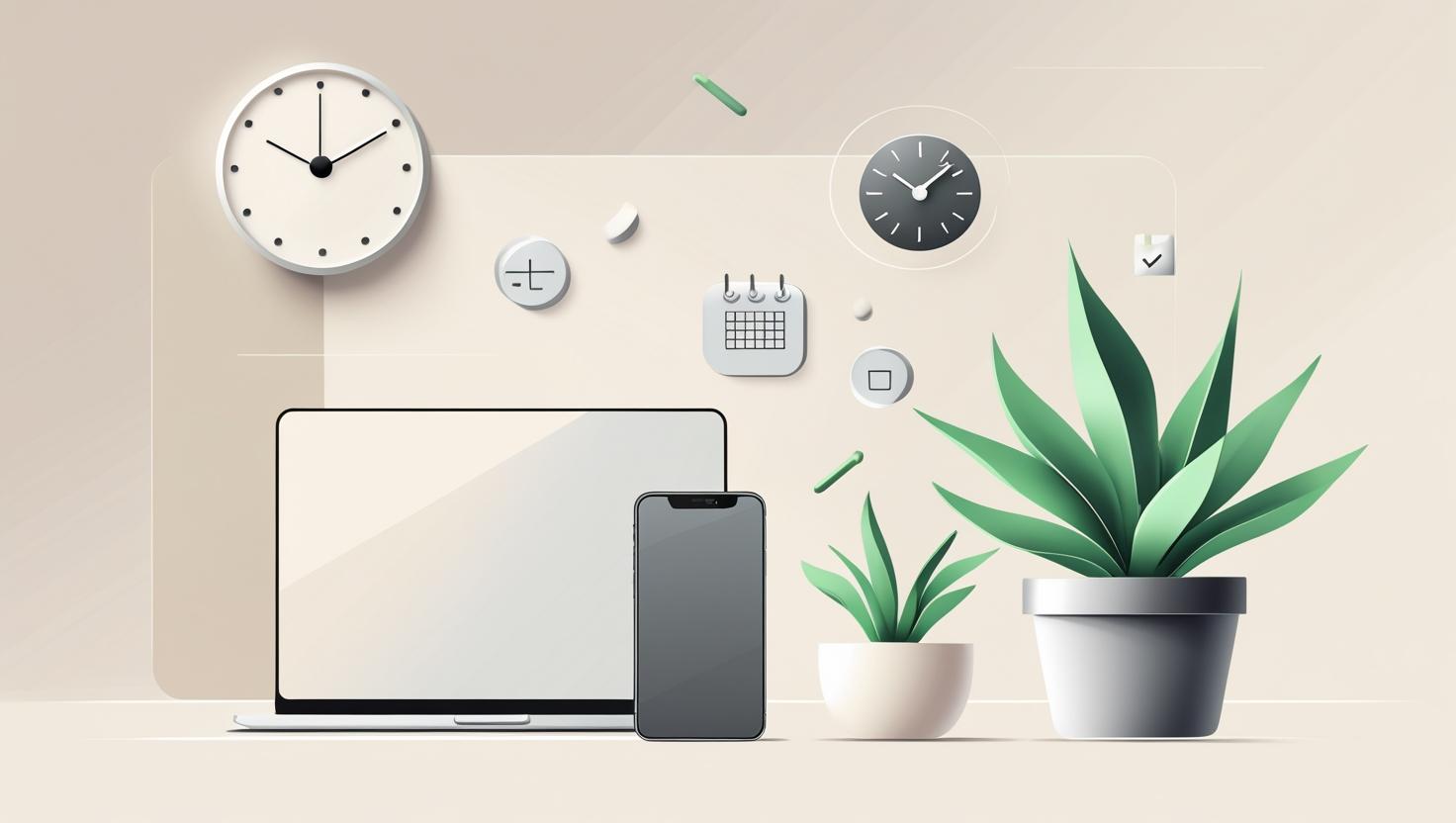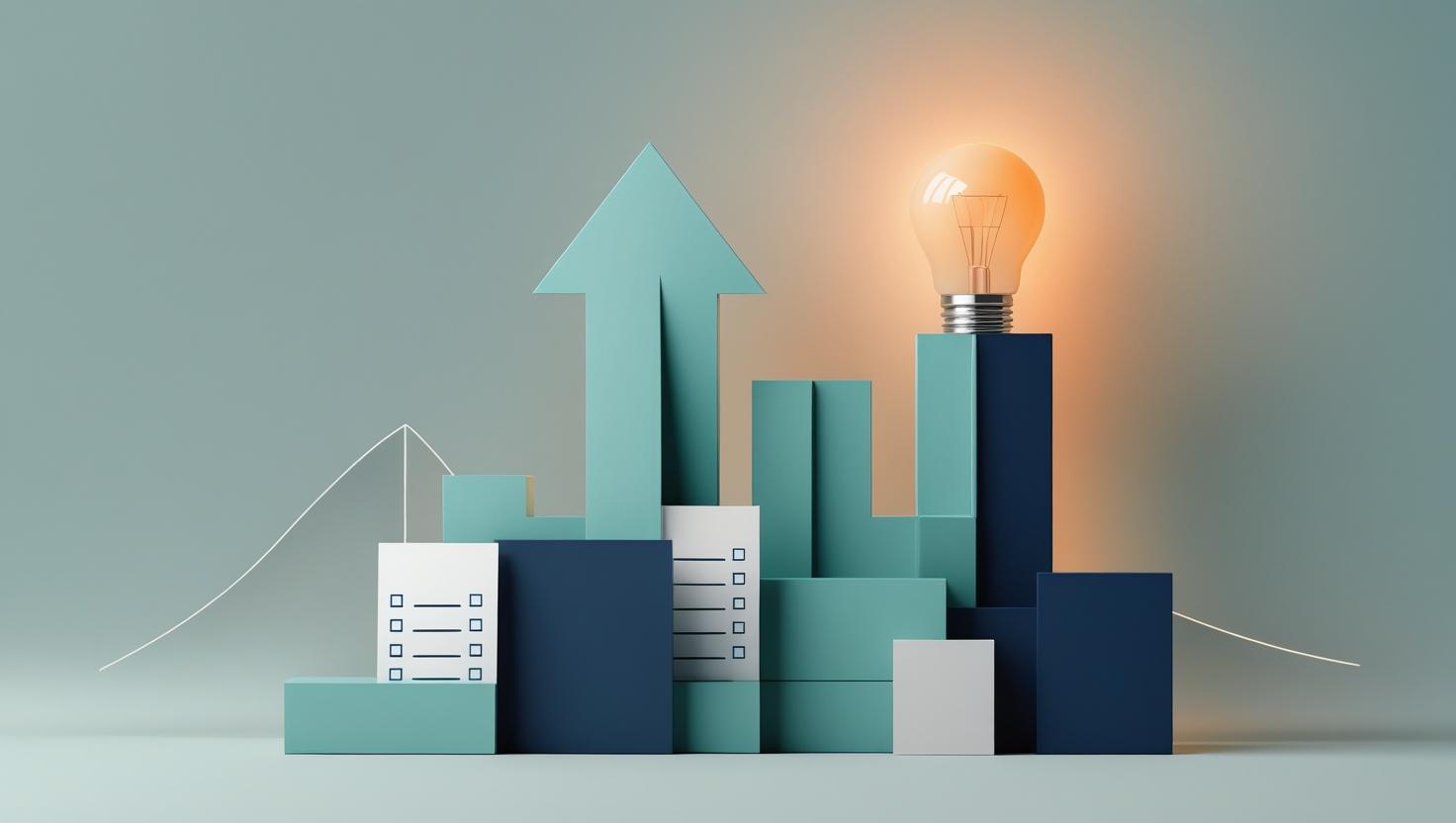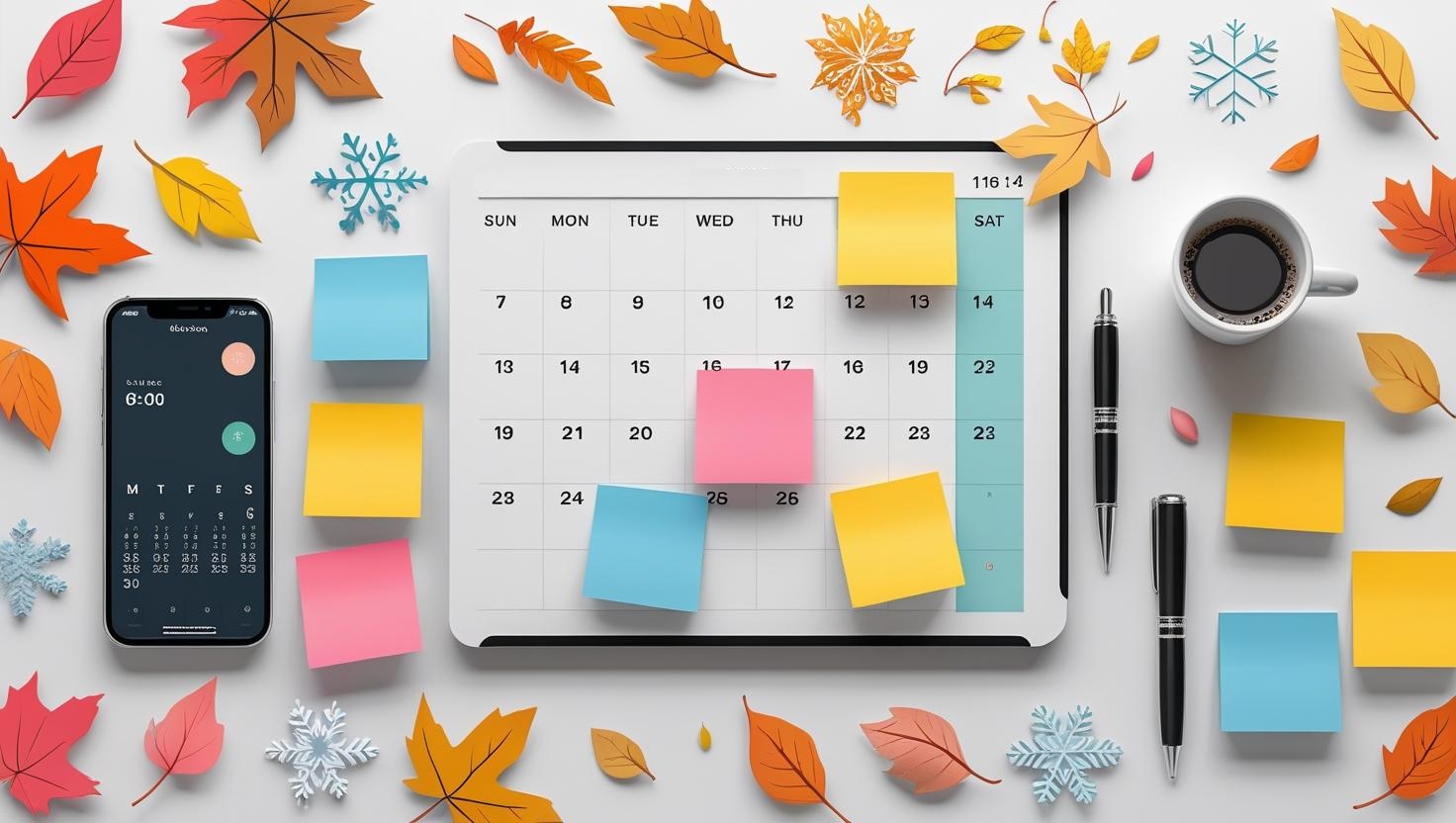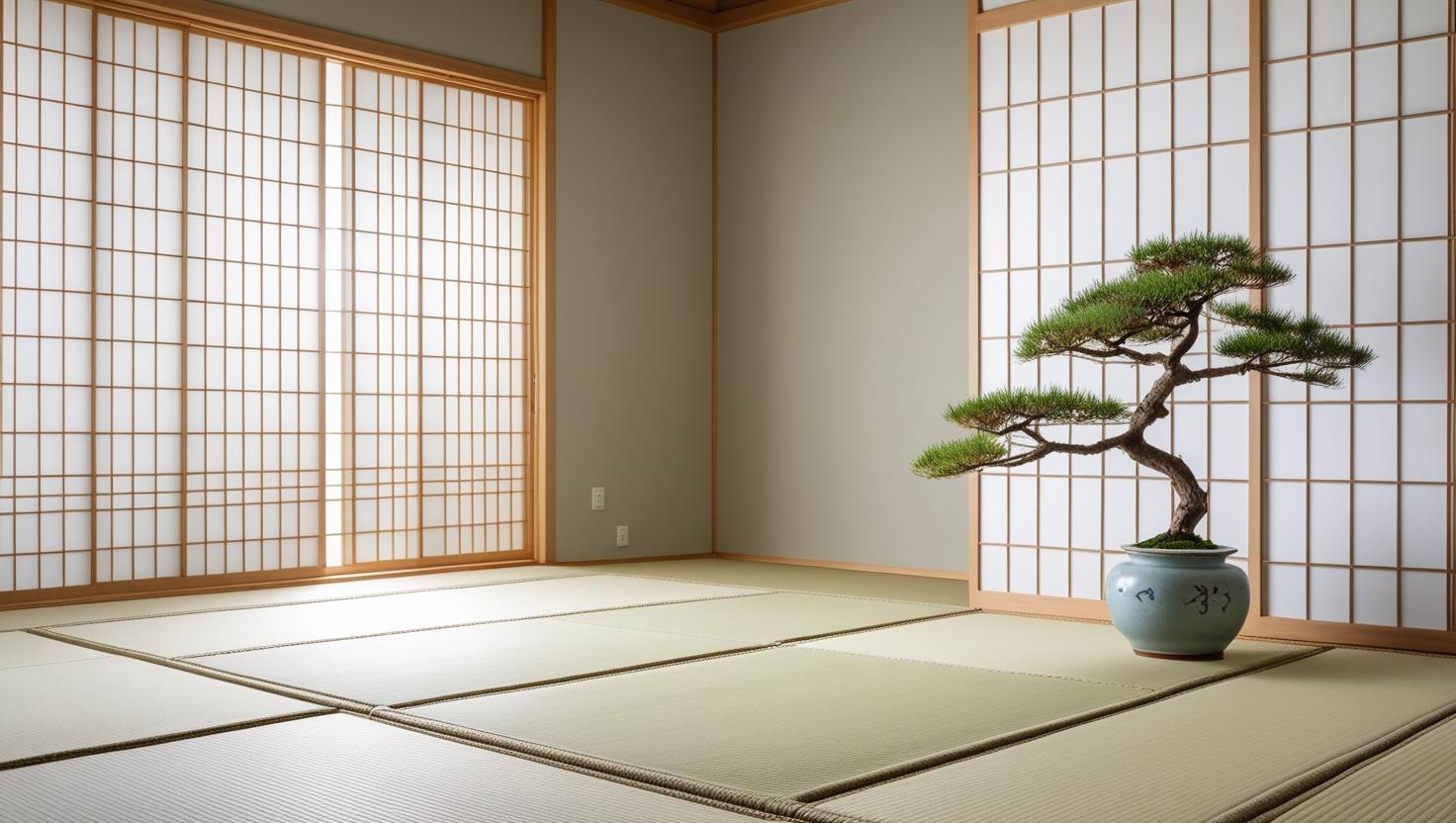At its core, minimalism isn’t about owning as little as possible—it’s about owning only what adds genuine value. It’s a mindset shift from consumption to curation, from chaos to calm. And in today’s hyper-connected world, this philosophy is becoming a form of self-preservation.
The Rise of Intentional Living
One of the most powerful aspects of minimalism today is the emphasis on intentional living. Individuals are re-evaluating how they spend their time, energy, and money. The modern minimalist isn’t just someone who lives in a white room with a single chair; they’re someone who asks, “Does this serve me?” before saying yes to anything—from buying a new phone to scheduling a social engagement.
This intentionality stretches into daily routines. More people are simplifying their wardrobes into capsule closets, streamlining morning decisions. Others are downsizing their homes or switching to multi-use furniture to make better use of space. This shift reduces decision fatigue and enhances mental clarity.
Digital Minimalism in the Age of Overstimulation
Perhaps one of the fastest-growing areas of the movement is digital minimalism. With smartphones buzzing every minute and algorithmic feeds vying for attention, reclaiming control of our digital lives is becoming essential for mental health.
Tools like app blockers, social media detoxes, and minimalist phone setups are gaining popularity. Instead of chasing notifications, individuals are choosing focus. By reducing screen time, people report feeling more present, less anxious, and more fulfilled. In 2025, digital decluttering is as important as cleaning out your closet.
Minimalist Design Goes Warm and Functional
The design world is also experiencing a shift. While minimalism was once associated with cold, sterile aesthetics, 2025 brings a more warm minimalism approach. Think cozy textures, soft neutral palettes, and natural materials that feel calm but not cold.
Functional design is another growing trend. Furniture and decor now serve multiple purposes—like storage ottomans, folding desks, and modular shelving. This not only saves space but also reduces the need for more “stuff,” aligning beautifully with the minimalist mindset.
Minimalism and Mental Health
The link between minimalism and mental health is well documented. Reducing clutter in our physical and digital environments can lead to clearer thinking, lower anxiety, and improved productivity. Minimalist practices like journaling, mindfulness, and simplified routines help people manage stress in a fast-paced world.
For many, minimalism becomes a grounding practice—a way to return to what truly matters. It encourages self-awareness, gratitude, and better boundaries with consumption and time commitments.
Sustainability and Ethical Minimalism
Another major evolution in the minimalist movement is its connection with sustainable living. By owning less and choosing quality over quantity, minimalists are reducing their environmental impact. The “buy once, buy well” philosophy supports ethical brands, fair labor, and eco-friendly production methods.
From reusable household goods to secondhand shopping and eco-conscious packaging, ethical minimalism supports both personal peace and planetary health. In 2025, it’s not just about having fewer things—it’s about making better choices with lasting impact.
Minimalism for Families
Contrary to common belief, minimalism isn’t just for singles or couples—it’s thriving in family households too. Parents are discovering the benefits of reducing toy overload, simplifying mealtime routines, and focusing on shared experiences over material gifts.
Minimalist parenting encourages presence, connection, and less stress. By decluttering both their homes and schedules, families report better communication and a stronger sense of togetherness.
Minimalism at Work
Workspaces in 2025 are also seeing a shift. Professionals are embracing minimalist productivity through simplified task lists, clean digital desktops, and fewer open browser tabs. Apps like Notion and Trello are being used not to do more—but to do less better.
Remote workers especially are curating their home offices to reduce distractions and enhance focus. Whether through minimalist desk setups or time-blocking strategies, the minimalist approach is transforming how people approach their careers.
How to Start Living Minimally
Minimalism isn’t an all-or-nothing switch. Start by asking yourself what adds value to your life—and what doesn’t. Begin with small steps like:
- Decluttering one drawer at a time.
- Turning off non-essential notifications on your phone.
- Unsubscribing from emails and digital noise.
- Creating a capsule wardrobe with versatile essentials.
- Practicing mindful purchasing by waiting 24 hours before buying anything new.
Remember, minimalism is personal. Your version of “less” will look different than someone else’s. The goal is not perfection—but purpose.
The Future of Minimalism
In a world that constantly urges us to do more, buy more, and be more, minimalism offers a quiet but powerful alternative. It reminds us that freedom isn’t found in having everything—it’s found in needing less. As the movement continues to adapt to modern life, it proves that simplicity is not a trend, but a timeless tool for clarity, wellness, and joy.
Minimalism in 2025 is vibrant, mindful, and deeply human. And in this noisy world, the quiet power of “less” might be exactly what we need.
